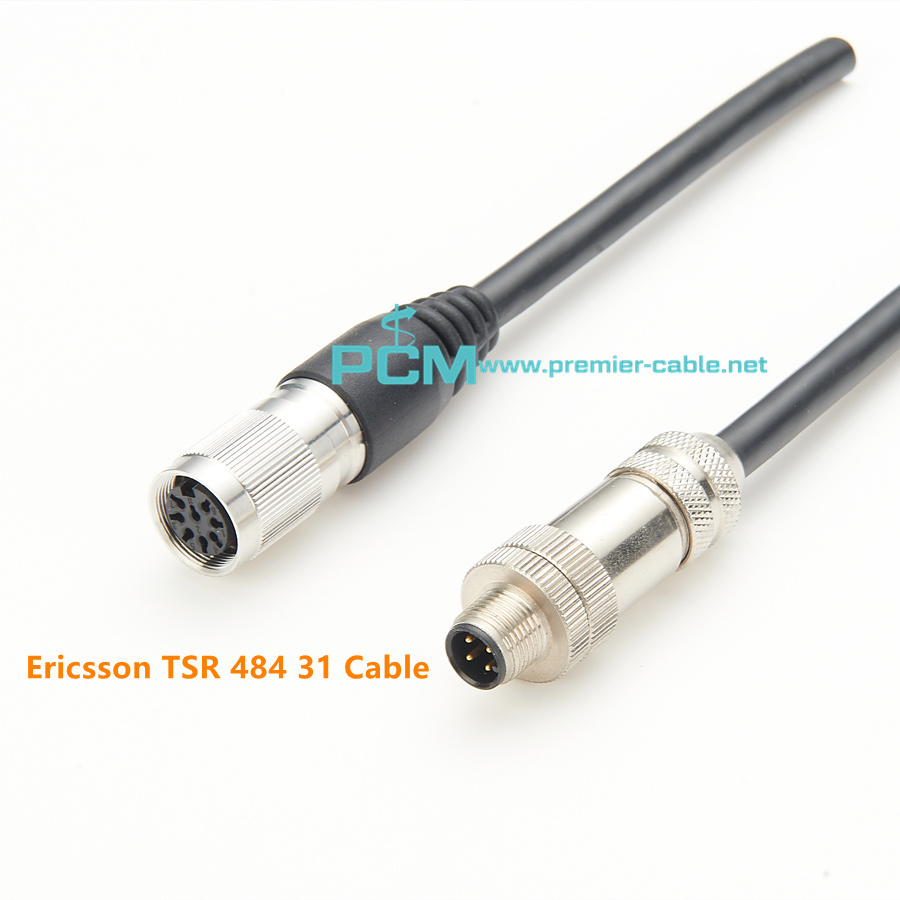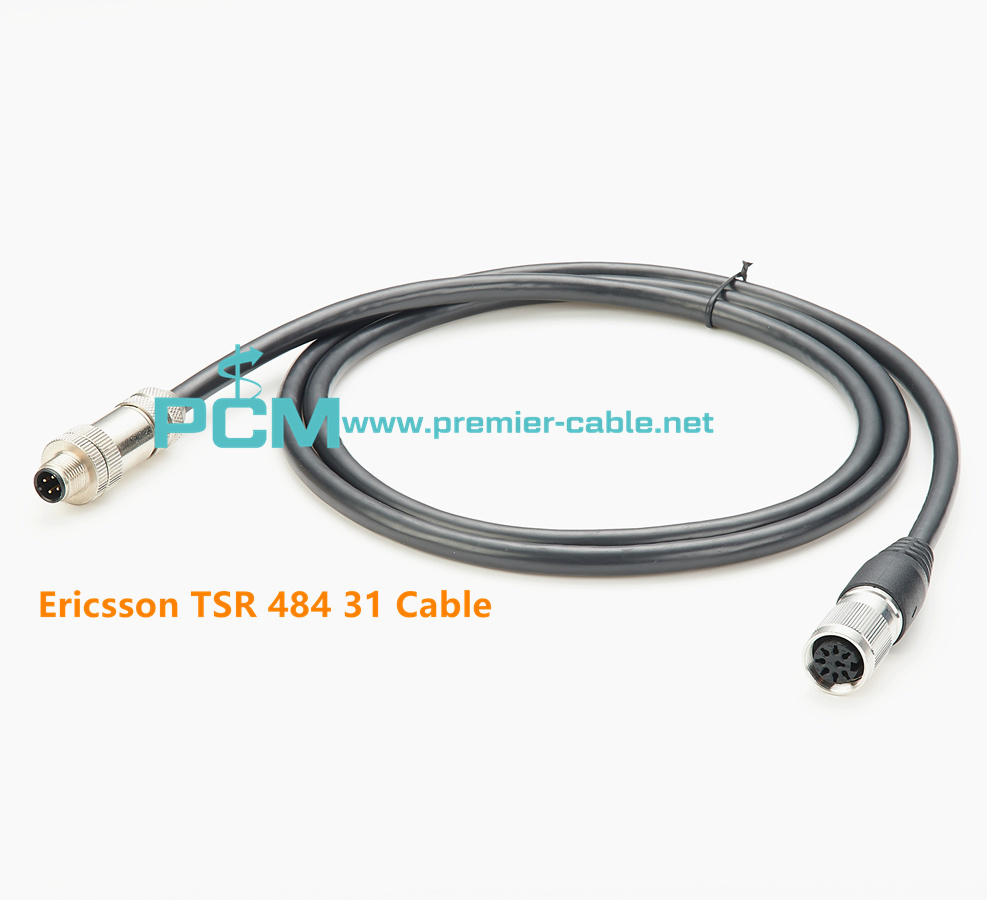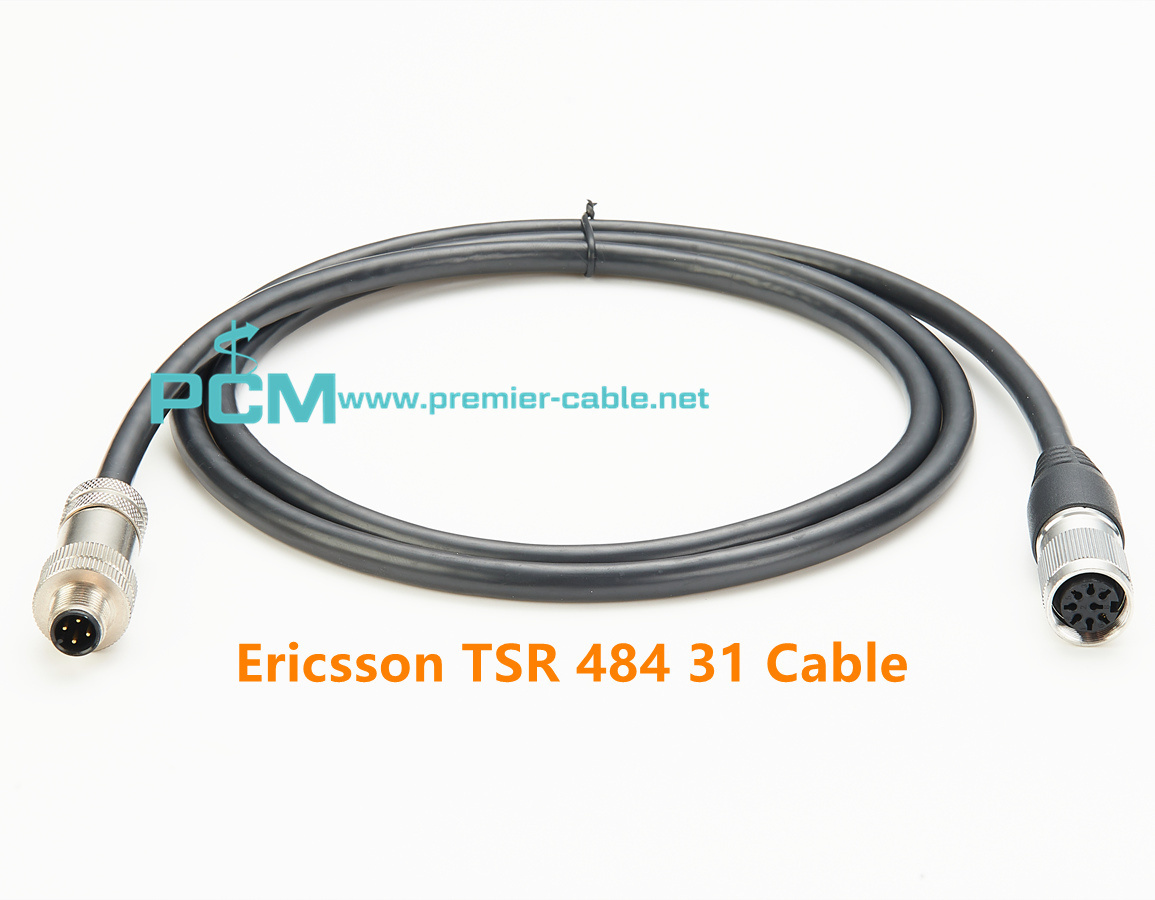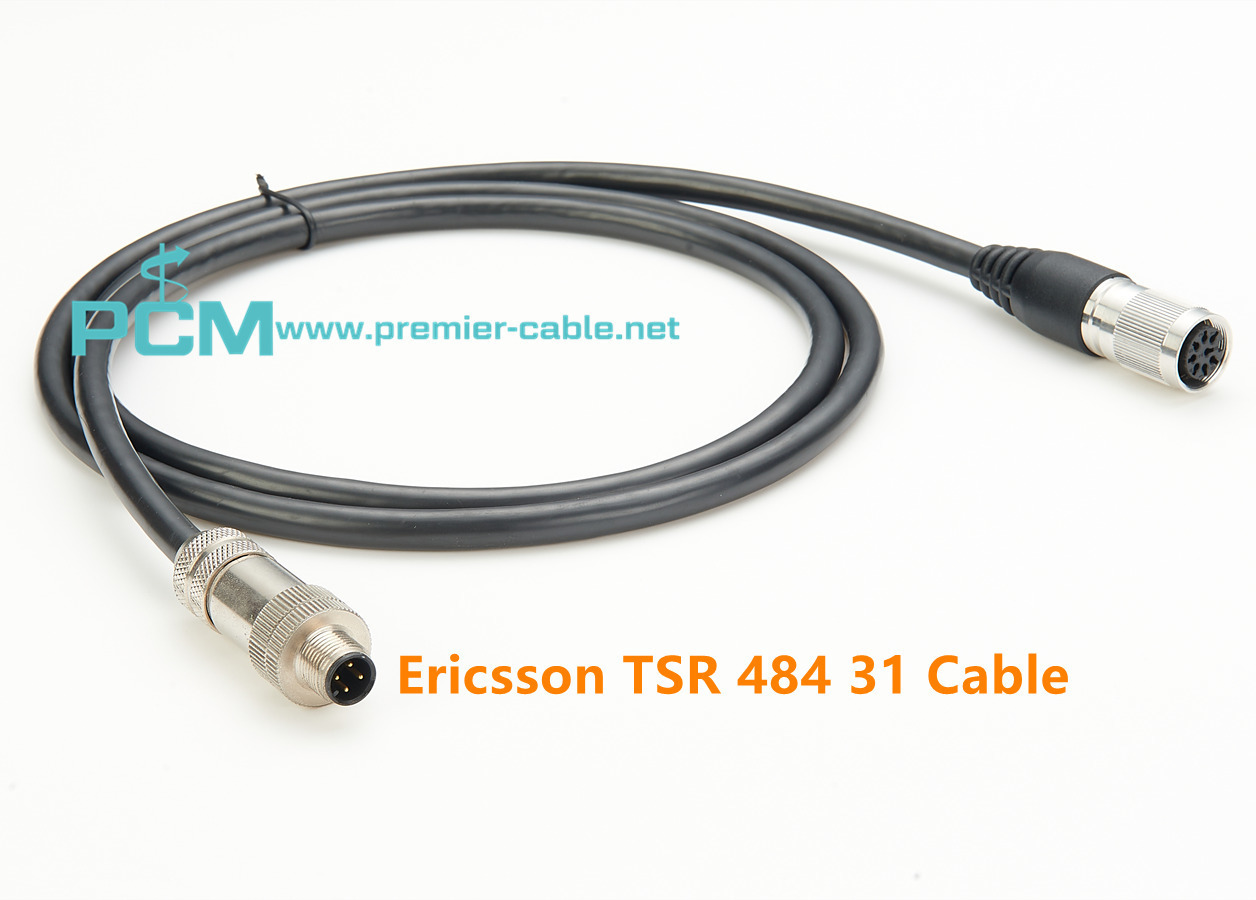 Esperanto
Esperanto
 Shqiptare
Shqiptare
 Euskara
Euskara
 Zulu
Zulu
 Latinus
Latinus
 Cymraeg
Cymraeg
 தமிழ்
தமிழ்
 Slovak
Slovak
 Slovak
Slovak
 Afrikaans
Afrikaans
Products
Product Center
Ericsson TSR 484 31 Cable
Number:
Category:
AISG Cables
Detail
Ericsson TSR 484 31 Cable
Ericsson RET control cable
Ericsson AISG Control Cable TSR 484 31
TSR 484 31/1500 CONNECTION CABLE
RET CABLE ERICSSON TSR 484 31/1500
Ericsson RET control cable TSR 484 31/1500
Ericsson TSR 484 31/3000 Connection Cable
ASC Control Cables connecting the Ericsson ASC antenna for the handler in the bottom
AISG cable Cable 8 pin (female) to 8 pin (male) connector protocol AISG 1,1 and AISG 2,0 6 core
Top features:
Compatible with AISG connectors
When great outdoors IP67
Flame retardant polyurethane jacket
Hasta 100% moisture
Applications:
Remote Control electric tilt (RET) applications
AISG a antenna the control units
Tower mount with amplifiers with AISG interface
Control interfaces with AISG network interface

What do the RET, RRU, and BBU of the base station antenna mean?
RET, RRU, and BBU of base station antennas are terms related to wireless communication networks and are usually used to describe components and functions in mobile communication systems:
RET (Remote Electrical Tilt): RET is a feature of base station antennas that allows the tilt angle of the antenna to be adjusted remotely without direct physical intervention. Adjustment of the tilt angle can optimize coverage and signal quality to suit the needs of different areas. Through remote adjustment, operators can flexibly adjust the coverage of base stations according to actual needs without having to make on-site adjustments.
RRU (Remote Radio Unit): RRU is one of the components of the base station. It is responsible for converting baseband signals into radio frequency signals and transmitting radio frequency signals between antennas. RRUs are usually located near the antenna to reduce transmission line losses and can be controlled and managed remotely. The introduction of RRU can separate the radio frequency part and the control part of the base station, making the deployment of the base station more flexible.
BBU (Baseband Unit): BBU is another component of the base station. It is responsible for processing and managing the baseband signal of the base station, including signal modulation and demodulation, coding and decoding, protocol processing, etc. BBUs are usually deployed centrally in data centers or computer rooms and are connected to RRUs through optical fibers or other transmission media. The centralized deployment of BBUs can reduce on-site energy consumption and maintenance costs of base stations, while also improving the flexibility and manageability of base stations.
RET is a function used to adjust the tilt angle of the antenna. The RRU is responsible for the conversion and transmission of radio frequency signals, while the BBU is responsible for processing and managing the baseband signals of the base station. Together, these components form the infrastructure of modern wireless communications systems.

Leave a Message
Make you smile , is our mission. We are glad to reply all your questions about cables processing or our products. Please fill in the table below. Thank you


